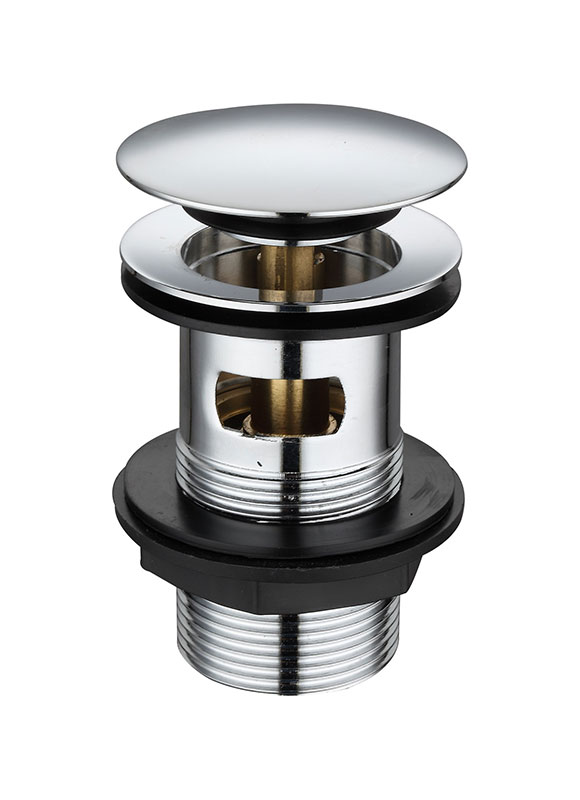In pipelines, the term "waste" refers to pipes fixed to the bottom of sinks, pools, or sanitary equipment (such as toilets or bidets). The pipe is made of metal, which allows waste water to pass through the trap, and then into the sewer through the trap. It also serves as a barrier to obstacles.
The top of the waste is called the shoulder or flange. This is the metal part you see in the plug hole. The surface on the flange usually matches the surface on the sink tap.
The waste is made into a standard size to fit the waste hole of any pool and usually comes with a specific type of stopper, stopper or grille. The diameter of garbage in bathroom sinks is usually 32 mm (1.25 inches), while the diameter of garbage in bathrooms, showers, and kitchen sinks is usually 40 mm (1.5 inches).
There are many different types of waste in sinks and pools, and sewer waste is just one of them.

Pop-up waste
Pop-up waste or pop-up components refer to the type of fittings that connect the sink, basin, or bidet to the waste pipe at the plug hole. They have plugs or plugs that can be operated by the controller. You may also find pop-up trash in other sanitary equipment.
The control for ejecting waste is usually a lever you pull or a knob you turn. It is usually located behind or above the faucet fixture, and can also be connected to an overflow tank usually located below the faucet. To operate the pop-up stop, pull the lever up to close the stopper, and then push down to open it, or open the knob in one way to open and close the other way.
Other waste disposal systems
Plugs and chain waste are a traditional form of waste. The plugs are connected to the chain and can be used to plug the plug holes.
The er responder waste has a stopper, which can be operated by pushing it. You press it once to close it, and then press it again to open it, so it doesn't have a separate control like pop-up waste. This waste can also be called button waste, click waste or spring plug.
The flip-top waste has a simple design with a disc-shaped plug that can be rotated to open or close the plug hole.
The plug of the captive waste is located on the rod and remains in the plug hole. Pull it up to open or push it down to close. Since the plug cannot be removed, this type of waste is quite common in public bathrooms.
Basket filter waste is very common in kitchen sinks because it has a filter that collects food and other waste and prevents it from flowing through the waste, thereby preventing blockage of the sink drain. The basket plug in this waste can be operated in a manner similar to the pop-up waste, with controls to raise and lower it, or it can be simply pulled in and out.
Scattered garbage is common in showers or sinks, because these garbage are not suitable for stoppers or stoppers, so the waste water needs to be continuously drained away.
Slotted waste or unslotted waste?
Most waste will be provided in slotted and ungrooved form. The type of waste you need will depend on whether the basin has a built-in overflow. The overflow of the sink helps drain, because it allows air to enter the drain when the sink is full. A sink without an overflow tank will act like a vacuum when it is full and drain more slowly, so if you have a built-in overflow tank, you'd better make sure it works properly. Most receivers will have built-in overflow; these will require slotted waste. This way, when water passes through the overflow, it can flow into the sewer through the hole. It is important to ensure that the waste slot is aligned with the overflow so that the water can flow away effectively. The ungrooved waste does not have any holes and can only be installed in a system without overflow.


 English
English España
España




